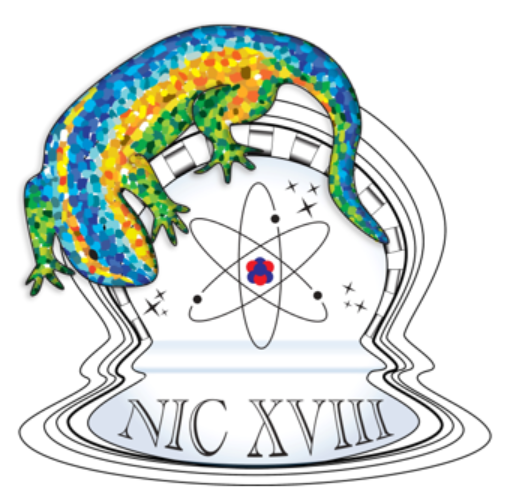https://doi.org/10.1140/epjd/s10053-022-00426-2
Regular Article – Cold Matter and Quantum Gases
Localization properties of the asymptotic density distribution of a one-dimensional disordered system
Université de Lille, CNRS, UMR 8523-PhLAM-Laboratoire de Physique des Lasers Atomes et Molécules, F-59000, Lille, France
Received:
21
March
2022
Accepted:
24
May
2022
Published online:
10
June
2022
Anderson localization is the ubiquitous phenomenon of inhibition of transport of classical and quantum waves in a disordered medium. In dimension one, it is well known that all states are localized, implying that the distribution of an initially narrow wave packet released in a disordered potential will, at long time, decay exponentially on the scale of the localization length. However, the exact shape of the stationary localized distribution differs from a purely exponential profile and has been computed almost fifty years ago by Gogolin. Using the atomic quantum kicked rotor, a paradigmatic quantum simulator of Anderson localization physics, we study this asymptotic distribution by two complementary approaches. First, we discuss the connection of the statistical properties of the system’s localized eigenfunctions and their exponential decay with the localization length of the Gogolin distribution. Next, we make use of our experimental platform, realizing an ideal Floquet disordered system, to measure the long-time probability distribution and highlight the very good agreement with the analytical prediction compared to the purely exponential one over 3 orders of magnitude.
The original online version of this article was revised due to a retrospective Open Access order.
A correction to this article is available online at https://doi.org/10.1140/epjd/s10053-022-00564-7.
Copyright comment corrected publication 2022
© The Author(s) 2022. corrected publication 2022
 Open Access This article is licensed under a Creative Commons Attribution 4.0 International License, which permits use, sharing, adaptation, distribution and reproduction in any medium or format, as long as you give appropriate credit to the original author(s) and the source, provide a link to the Creative Commons licence, and indicate if changes were made. The images or other third party material in this article are included in the article’s Creative Commons licence, unless indicated otherwise in a credit line to the material. If material is not included in the article’s Creative Commons licence and your intended use is not permitted by statutory regulation or exceeds the permitted use, you will need to obtain permission directly from the copyright holder. To view a copy of this licence, visit http://creativecommons.org/licenses/by/4.0/.
Open Access This article is licensed under a Creative Commons Attribution 4.0 International License, which permits use, sharing, adaptation, distribution and reproduction in any medium or format, as long as you give appropriate credit to the original author(s) and the source, provide a link to the Creative Commons licence, and indicate if changes were made. The images or other third party material in this article are included in the article’s Creative Commons licence, unless indicated otherwise in a credit line to the material. If material is not included in the article’s Creative Commons licence and your intended use is not permitted by statutory regulation or exceeds the permitted use, you will need to obtain permission directly from the copyright holder. To view a copy of this licence, visit http://creativecommons.org/licenses/by/4.0/.








